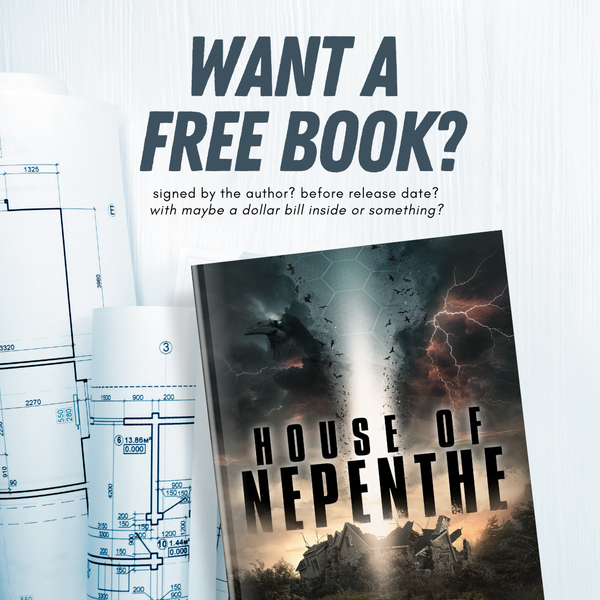Continuity

Misawa Air Base, Japan. 1994. Nick’s dad has a fancy 486 computer running Windows 3.11, and instead of watching a movie with my friends, I’m hunched over its sunken monitor trying to figure out why Lieutenant Commander Data keeps warning me about a continuity error. I can’t remember his exact words, but the robotic, matter-of-fact tone pops up in the back of my head whenever I’m editing a book. Instead of my internal voice saying, “Wait, that’s not right,” I hear Brent Spiner say “there is an error with (dis)continuity.”
Continuity errors are one of the worst sins of writing. Unlike spelling and grammar errors, which a reader can simply choose to ignore instead of writing a scathing 1-star review, continuity errors create two or more conflicting truths. It can be as simple as the name of the rig Ray uses throughout House of Nepenthe, which is referred to interchangeably as a DG390, DG360, AD490, or DS400. On the more egregious end of the spectrum, you’ve got character names, features, occupations, birth dates, and accents changing randomly as the story progresses.
That is unacceptable in the final product, which is why my favorite part of editing is the very first pass where I take all the conflicting data from the first draft and smooth it out a la 1984. The DG390 has always been a DG390. Kenneth Barnes’ middle name has always been Montgomery. And so on. It’s a lot of work, but it’s better than hearing Data nagging me or the reader later on.




